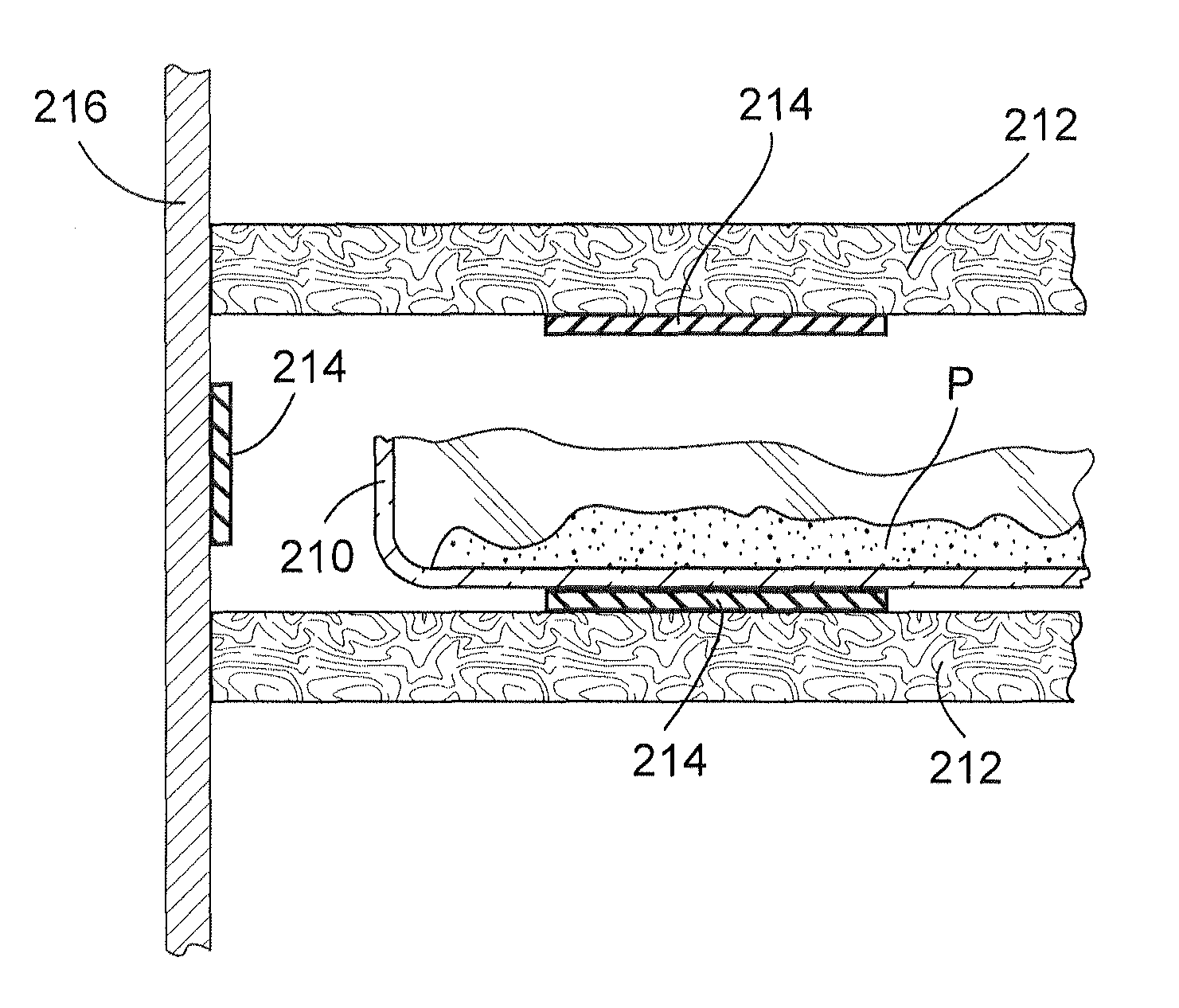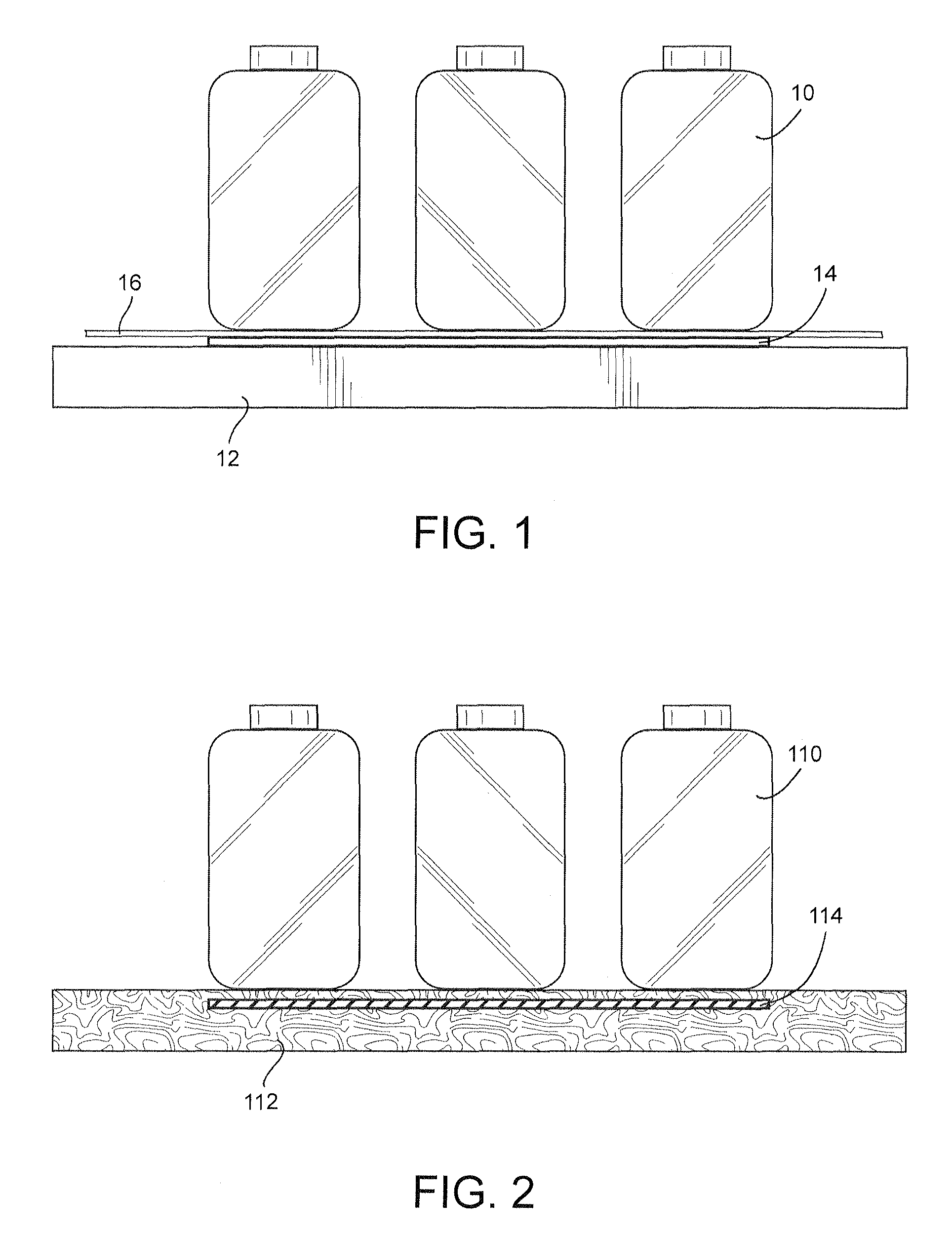Using surface heat flux measurement to monitor and control a freeze drying process
a technology of surface heat flux and monitoring and control, which is applied in the direction of heat measurement, instruments, lighting and heating apparatus, etc., can solve the problems of inefficient open-loop control of traditional freeze drying process control, too late to make any correction, and insufficient control of freeze drying process alone. achieve the effect of precise direct reading of thermal transfer through the surface and enhanced monitoring and control of freeze drying process
- Summary
- Abstract
- Description
- Claims
- Application Information
AI Technical Summary
Benefits of technology
Problems solved by technology
Method used
Image
Examples
Embodiment Construction
[0050]Implementation of the present heat flux measurement method in a freeze drying process control opens a new door to optimization and enables a validation trail of the freeze drying cycle. It is based on continuous real time measurement, as opposed to other techniques which only take occasional batch based average estimates or calculations after the cycle is finished. It works throughout the cycle from freezing to the end of drying. It can be easily transferred from lab scale to production as a true Process Analytical Technology (PAT).
[0051]Using heat flux to verify the process in-situ can confirm, for the first time, that the process has performed within acceptable parameters. In addition, feedback can be used to prevent damage to the product in process before it happens, in events such as equipment malfunction.
[0052]Heat flux sensing provides information that can identify process changes that could accidently occur, such as a change in vial, formulation changes, freeze drying m...
PUM
 Login to View More
Login to View More Abstract
Description
Claims
Application Information
 Login to View More
Login to View More - R&D
- Intellectual Property
- Life Sciences
- Materials
- Tech Scout
- Unparalleled Data Quality
- Higher Quality Content
- 60% Fewer Hallucinations
Browse by: Latest US Patents, China's latest patents, Technical Efficacy Thesaurus, Application Domain, Technology Topic, Popular Technical Reports.
© 2025 PatSnap. All rights reserved.Legal|Privacy policy|Modern Slavery Act Transparency Statement|Sitemap|About US| Contact US: help@patsnap.com



